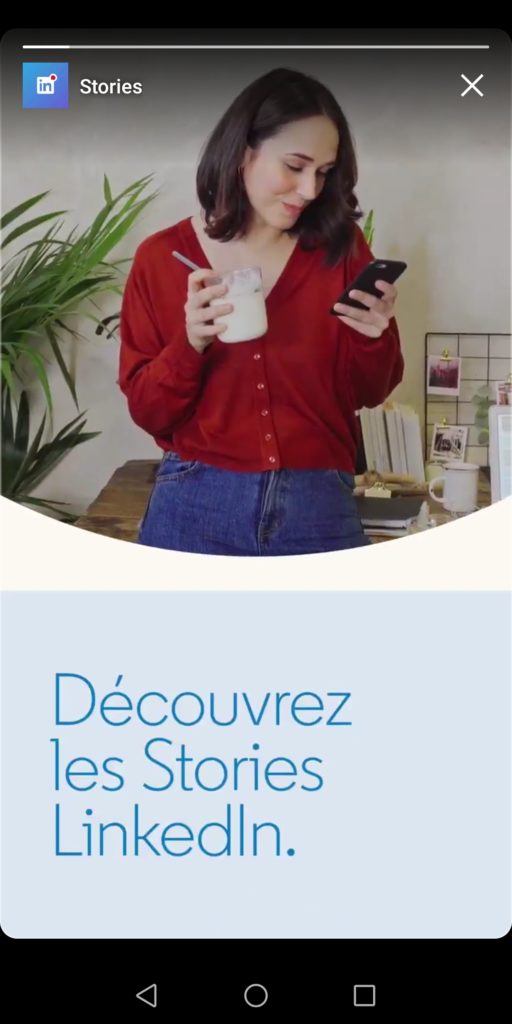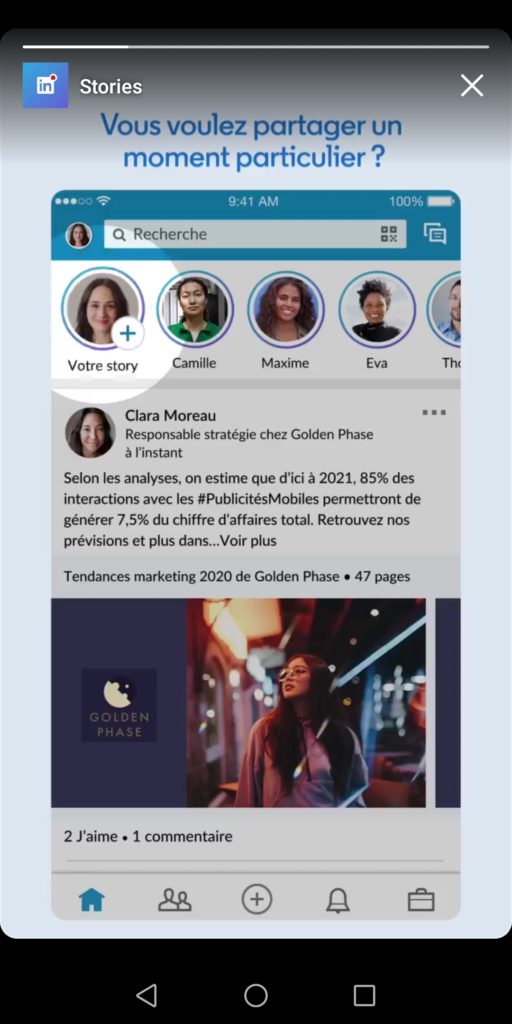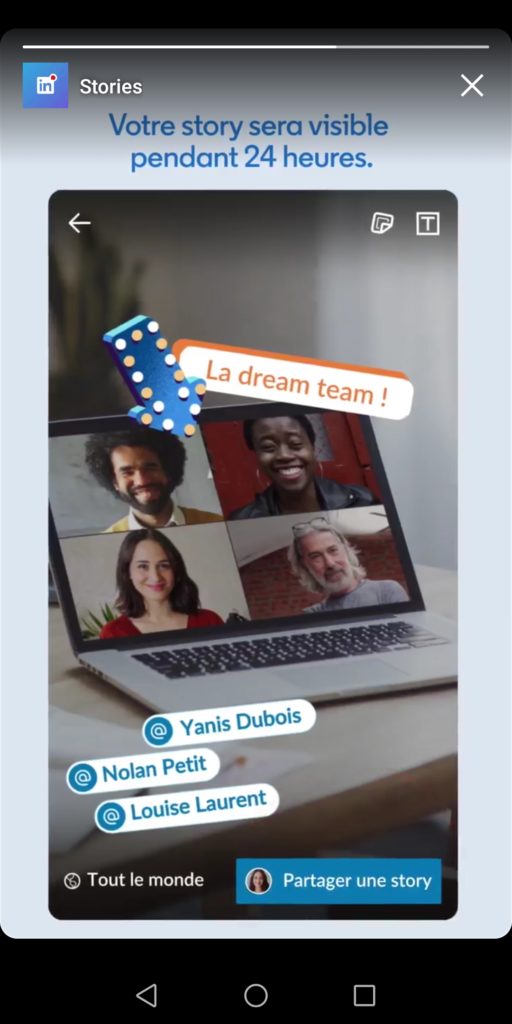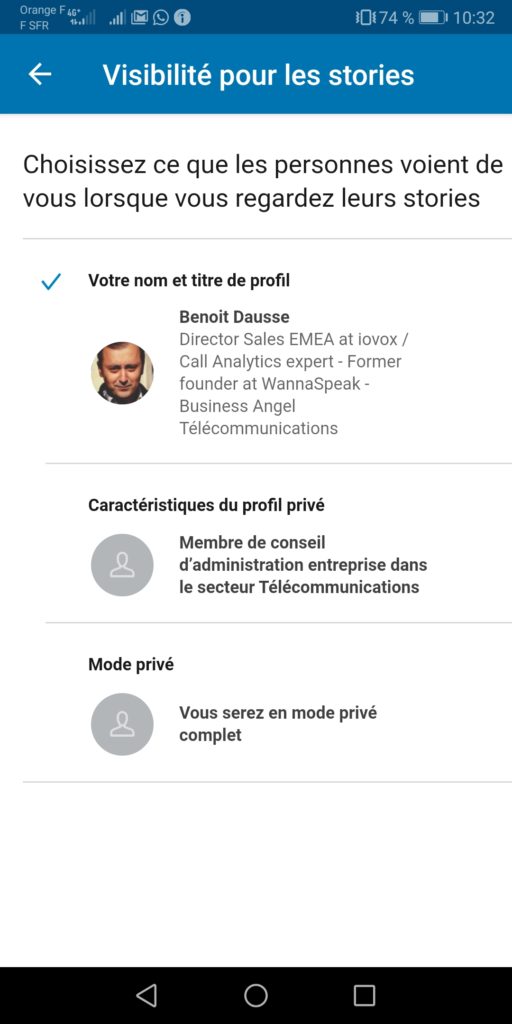![]() C’est un fait clairement établi, l’une des principales préoccupations des marchands en ligne est d’attirer un maximum de visiteurs en espérant les transformer en futurs clients.
C’est un fait clairement établi, l’une des principales préoccupations des marchands en ligne est d’attirer un maximum de visiteurs en espérant les transformer en futurs clients.
Parallèlement il est capital de perdre un minimum d’internautes à tous les stades de la vente en ligne surtout quand on sait que la concurrence est à un client de souris. L’enjeu devient alors, comme on le ferait dans une boutique classique, d’instaurer un dialogue avec le client et de rendre plus « humaine » la relation commerciale en ligne.
Parlez à vos visiteurs et transformez-les en clients
Depuis bientôt 10 ans les innovations sur internet en ce domaine sont légion et il existe sur le marché toute une palette d’outils et de techniques pour optimiser ce fameux taux de transformation. Mais, il faut bien reconnaitre que l’un des moyens les plus efficaces demeure le contact téléphonique. Il est en effet prouvé que rien ne remplace la voix pour conclure une vente, particulièrement pour les transactions complexes et importantes ou encore les produits à forte valeur ajoutée. Heureusement la technologie a évolué dans le bon sens et la mise en relation téléphonique devient aujourd’hui possible sans quitter sa session web grâce à des services de rappel gratuit et immédiat ou « click to call ».
Mettez en place une vraie stratégie multi-canal
Le « click to call » ou aussi appelé Webcallback permet aux visiteurs de votre site ou tout autre support connecté (newsletter, bandeau pub, annuaire, site mobile, document PDF,…) de cliquer sur un simple bouton et d’être immédiatement mis en communication avec un conseiller téléphonique dans un centre d’appels par exemple. Mais, contrairement à d’autres solutions comme un numéro gratuit type numéro Vert, les services de « click to call » permettent aux éditeurs de services et commerces en ligne également de monitorer et de contrôler qui, quand et où les internautes peuvent passer du canal de ventes Web au canal de ventes téléphonique.
De tels outils permettent de développer une réelle stratégie de communication entre les différents canaux de vente de l’entreprise. Il est désormais techniquement possible d’initier un appel téléphonique de puis votre site vers votre centre d’appels et de transmettre en simultané au téléconseiller tout le contexte de navigation de l’internaute qui lui parle. Un gain de temps phénoménal et une augmentation considérable de la satisfaction de vos clients ! Il n’y a donc plus de rupture de chaine pour toutes les populations que l’on souhaite toucher (prospects, clients, abonnés,…).
Vers un modèle de rémunération « pay-per-call »
Parallèlement aux problématiques d’acquisition en ligne et de gestion de la relation client les technologies de mise en relation téléphonique depuis internet voient aussi l’avènement de nouveaux modèles économiques. Le « pay-per-call » est le modèle inhérent à ces services de téléphonie via l’internet.
Le « pay-per-call » est un concept tout droit venu des Etats-Unis qui peut également s’apparenter à un modèle économique. Ce concept est à rapprocher du modèle publicitaire internet « pay-per-click » qui consiste pour un réseau publicitaire (régie, affiliation) à se faire rémunérer en fonction du nombre de clicks générés sur un format publicitaire online (bannière, bandeaux, newsletters…). Prenons le cas d’une campagne d’affiliation selon le modèle « Pay-per-Call », la rémunération ne se fera plus en fonction des clicks mais en fonction des appels générés et donc reçus directement par l’annonceur.
La génération d’appels vers une activité peut se faire via:
- des numéros entrants de type géographique ou numéros spéciaux (surtaxés ou non), c’est le concept de « Call tracking » (suivi d’appel)
- un formulaire en ligne générant un appel vers l’annonceur en utilisant un service « Click to call » (rappel gratuit)
Vos clients ne veulent plus de clicks ils veulent des appels !
L’avantage du « pay-per-call » comparé au, déjà ancien, modèle « pay-per-click » c’est l’ouverture que celui-ci propose en termes de marché. En effet, pour un annonceur plus besoin d’avoir un site web pour mettre en place une campagne publicitaire. Il suffit de disposer d’un simple numéro de téléphone pour commence à recevoir des leads qualifiés qui peuvent provenir de différents supports comme le web, le print (papier), la radio, la TV…
Le « Pay-per-Call » est également perçu de façon beaucoup plus efficace et tangible par les annonceurs. En effet, autant quand un annonceur achète des clicks entrants vers son site web il ne disposur mesurer ce trafic et le transformer, autant avec les appels c’est lui qui mesure son activité en temps réel et gère sa relation client immédiatement.
Pour en savoir plus sur le Call Tracking ou le Webcallback (click to call) ou vous aider à déployer un service vos stratégies d’acquisition téléphonique, contactez-moi directement.




